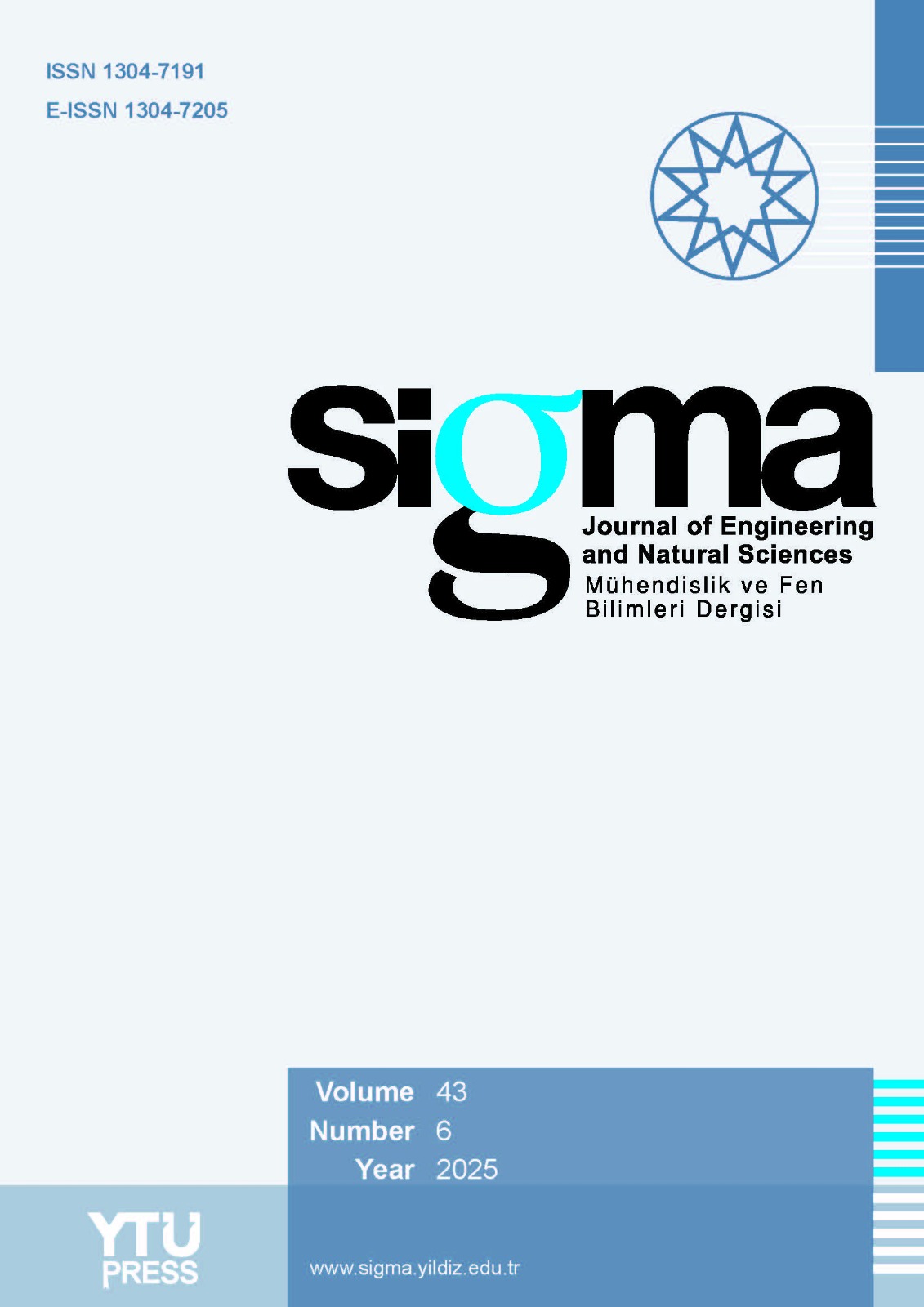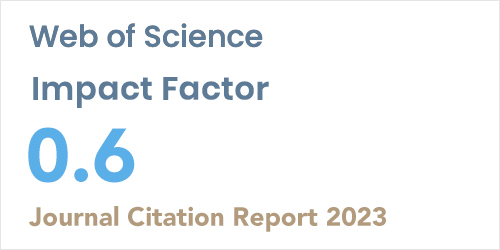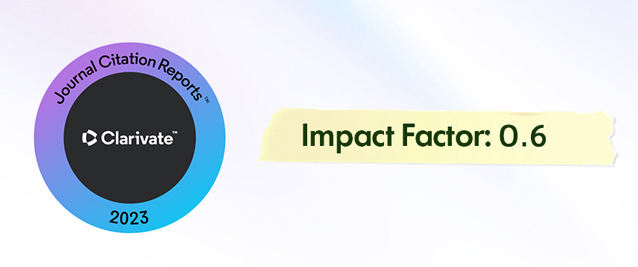Abstract
Fluoxetine (FLX) (N-methyl-3-phenyl-3-[4-(trifluoromethyl)phenoxy]propane-1-amine) is an endocrine disrupting chemical (EDC) that is widely used in different countries around the world and is frequently found in the effluent of domestic wastewater treatment plants as well as in surface waters. In this study, the treatment of FLX by the electro-oxidation (EO) process using different dimensionally stable electrodes (DSA) was investigated. Anodes including ruthenium oxide coated N-type Ti sieve (Ti/RuO2), tantalum oxide coated N-type sieve with iridium oxide (Ti/IrO2-Ta2O5) and tin oxide coated N-type sieve electrodes with iridium/ruthenium oxide (Ti/Ir-Ru-Sn) were used, while a graphite electrode served as the cathode. The investigation focused on assessing the effect of operating parameters, specifically applied current, time, pH and initial FLX concentration. Although the Ti/RuO2 and Ti/Ir-Ru-Sn an-odes showed higher removal efficiencies at 10 min oxidation time, all three electrodes showed a remarkable 99.9% removal efficiency at the 20 min mark at pH 7, applied current 2 A and FLX concentration 20 mg/L. Notably, the Ti/IrO2-Ta2O5 electrode achieved the lowest specific energy consumption (SEC) values at both 10 and 20 min. Consequently, Ti/IrO2-Ta2O5 was considered the most effective electrode in terms of FLX removal efficiency and SEC values.
The Ti/IrO2-Ta2O5 anode also shows superior performance (~100%) compared to other an-odes for all investigated FLX concentrations (5-40 mg/L) at 20 min oxidation time.














